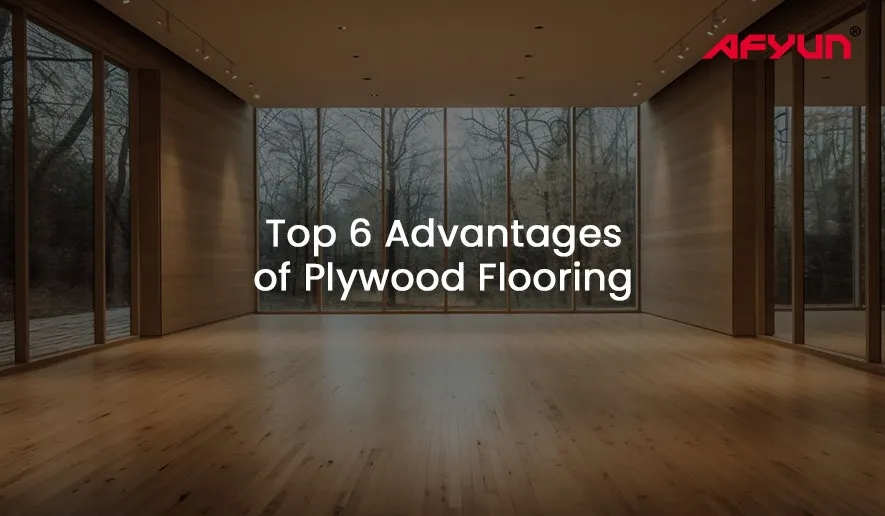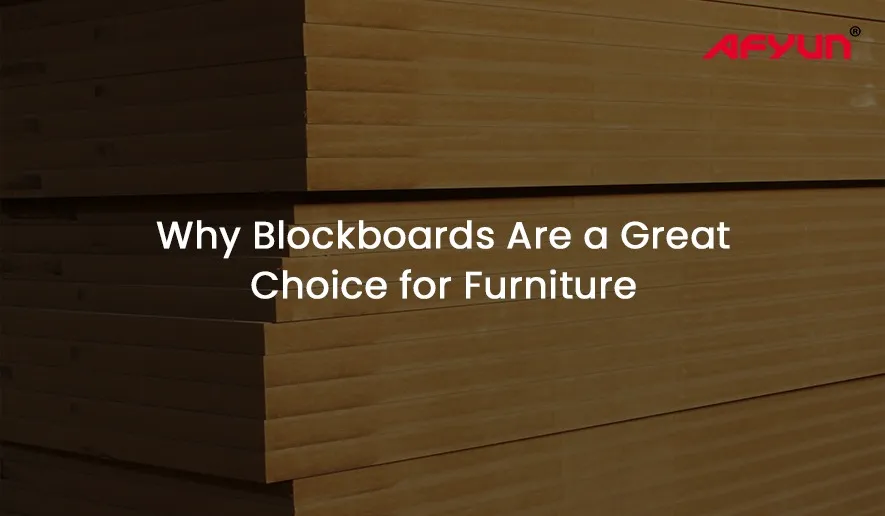If you take a look at the flooring choices, there are abundant options, each with its own set of pros and cons.
While hardwood holds supremacy, another competitor is rising in popularity: plywood flooring.
But before you dismiss it as just subflooring material, consider this – plywood offers a unique combination of strength, affordability, and style that might surprise you.
Let’s take a look.
Understanding Plywood for Flooring
Definition and Composition of Plywood
Plywood isn’t solid wood; it’s an engineered piece of wood. Thin sheets of wood veneer, called plies, are glued together with their grains running perpendicularly.
This cross-laminated construction creates exceptional strength and stability, making it a reliable choice for high-traffic areas.
Types and Grades of Plywood Suitable for Flooring:
Not all plywood is created equal. For flooring applications, look for interior-grade plywood with a minimum of five plies. Higher ply counts offer increased strength and stability.
Common choices for flooring include:
Baltic birch plywood: Renowned for its tight grain structure, strength, and beautiful light wood tone.
Sanded plywood: Offers a smooth surface, ideal for painting or staining to achieve your desired look.
Moisture-resistant (MR) plywood: A wise choice for kitchens, bathrooms, or laundry rooms where moisture exposure is a concern.
Advantages of Plywood Flooring
Now, let’s dive into the key benefits that make plywood flooring a strong contender:
Strength and Stability
Plywood’s cross-laminated construction makes it incredibly resistant to warping, shrinking, or swelling due to temperature or humidity fluctuations. This translates to a floor that remains flat and beautiful for years to come.
Moisture Resistance
While not entirely waterproof, MR plywood offers superior moisture resistance compared to solid wood. This makes it suitable for areas prone to occasional spills or humidity, like kitchens, bathrooms, or basements.
Budget-Friendly
Compared to solid hardwood flooring, plywood offers a significantly more affordable option. This makes it a great choice for budget-conscious homeowners or for larger projects where covering a vast area is necessary.
Versatility and Style
Don’t be fooled by the misconception of plywood as a purely utilitarian material. Plywood’s natural wood grain offers a warm and inviting aesthetic. Additionally, the ability to paint or stain it allows you to customize the look to perfectly match your décor.
Easy Installation
Plywood comes in large, pre-sanded sheets, making installation a breeze compared to intricate solid wood floorboards. This can save you time and potential installation costs if you’re a DIY enthusiast.
Sustainability
Plywood utilizes leftover wood veneers, minimizing waste compared to solid wood planks that require large, single pieces. This eco-friendly aspect makes it a great choice for environmentally conscious homeowners.
In A Nutshell
Plywood flooring might not be the first name that comes to mind when considering flooring options.
However, its strength, affordability, and surprising versatility make it a compelling choice for a variety of spaces.
So, next time you’re exploring flooring options, give plywood a second look – it might just be the perfect fit for your needs and style.
You may also like:
Plywood manufacturers in Kerala | Plywood manufacturers in Mangalore | Plywood manufacturers in Bangalore | Plywood manufacturers in Tamilnadu | Plywood manufacturers in Chennai

